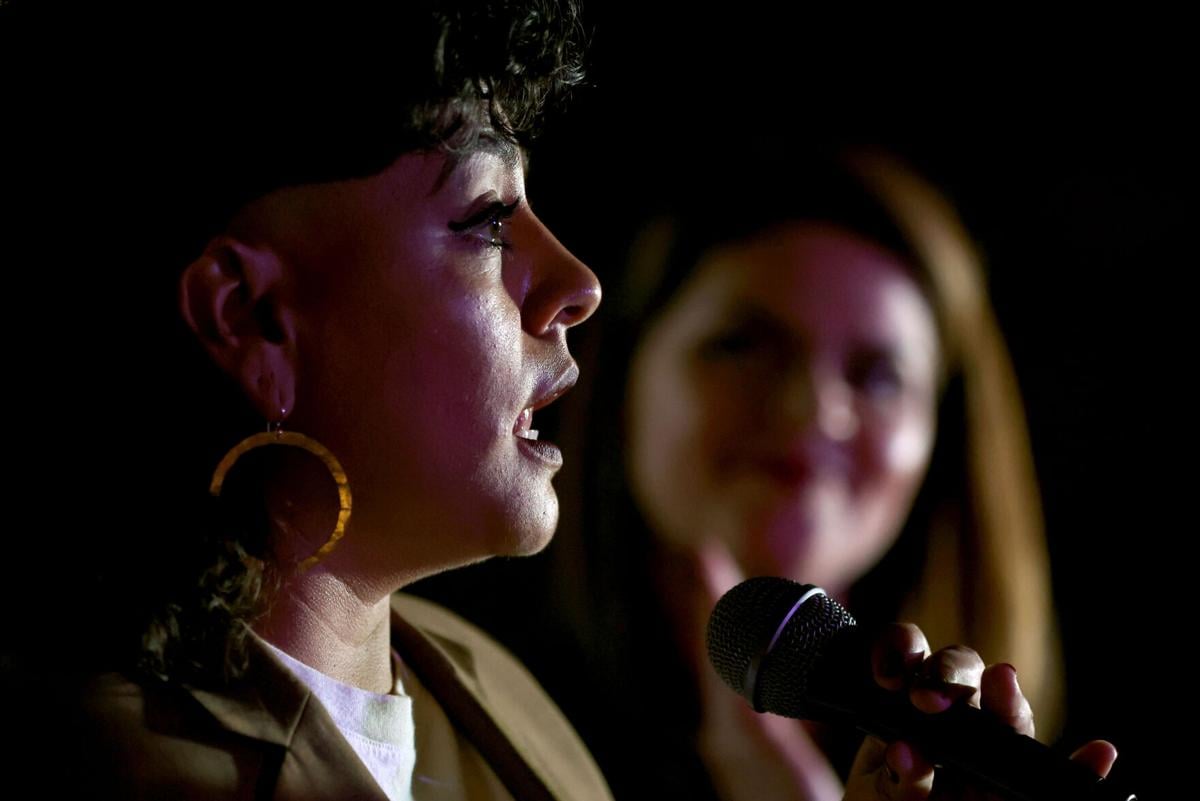It would have been understandable if Tucson voters took a dimmer view of the Democratic incumbents this election.
We had a record year of murders in 2021, and violent crime has remained frighteningly persistent.
Housing prices have surged faster than our wages, making our formerly cheap city feel expensive.
The camps of homeless and addicted people have spread to all parts of the city.
It isn’t hard to paint an ugly picture of Tucson’s condition. Opponents tried this year, putting together a relatively coherent campaign arguing Democratic rule is not solving our problems.
But that ugly picture is not what Tucson’s voters see.
They sent an astonishingly clear message Tuesday that they approve of this mayor and City Council and the direction they’re moving the city. While the vote totals aren’t final yet, each of the four winners so far has taken a bigger percentage of the vote than they did four years ago.
Mayor Regina Romero has 60% of the vote as compared to her 56% total in 2019.
Ward 1 Council Member Lane Santa Cruz has 62% of the vote, compared to 58% in 2019.
Ward 2 Council Member Paul Cunningham has 63%, compared to 60% in 2019.
And Ward 4 Council Member Nikki Lee has 65%, compared to 58% in 2019.
Not only are their margins on pace to exceed their last elections, but the ballot issues Democrats supported are doing surprisingly well, too.
The Tucson Unified School District bond issue is winning by an 18 percentage point margin — the same margin by which the last effort at a bond issue lost in 2017. Budget overrides in the Sunnyside and Flowing Wells school districts were winning as well.
Perhaps most shockingly, the latest proposal to raise pay for the mayor and council members has apparently won by 299 votes. (Which goes to show you what I know, since I argued against it a week ago.)
After winning reelection, Tucson Mayor Regina Romero speaks on Nov. 7, 2023 at Brother John's Bourbon and BBQ.
Still in the afterglow of her victory speech Tuesday night, Romero told me she thinks Tucson voters disagree with the challengers’ view of the city.
“When the opponents talk about Tucson being dirty and full of crime and homelessness, I know Tucsonans know the quality of work that we’re doing. They pay attention to what we do and not what they say.”
“They want to see us move toward investing in our parks, investing in our roads,” she went on. “I just think that Tucsonans understand the vision that we’ve put out there. They like it. They like the work we’re doing and they voted to continue that work.”
Although turnout topped out at about 30%, it’s hard to dispute Romero’s assessment. Those who vote seem to like the way she and this purely Democratic council assertively govern.
That means some of the most hotly debated policies of this council will likely continue.
Housing first as the city’s approach to homelessness and behavioral-health problems will remain.
Fare-free transit will continue, as long as they can find the money for the extra $9 million or so per year.
Adaptation to a hotter climate will remain a top priority.
And there are simpler details that reflect this council’s broadened approach to providing services. I swim often in city pools, and it used to cost a small sum to enter, but since the pandemic began, the city has kept them free to use. Like the free bus, it’s convenient, even if it costs taxpayers a little.
Tucsonans seem to be fine paying more taxes if we get recognizable benefits from them, like the gradually improving roads paid for by Prop. 411, a 10-year, half-cent sales tax.
“There’s a lot more people happy with what we’re doing than I thought,” said Cunningham, who joined the council in 2010. “This is the most I’ve felt appreciated since I’ve been in office.”
Of course, Democrats’ victories come in part due to structural advantages, including their superior numbers: 127,234 Democrats; 98,133 independents; 60,109 Republicans.
Beyond those numbers, there’s the city’s hybrid election system, under which City Council candidates are chosen only by the voters in their ward, but the final winner is chosen by all the city’s voters.
If the council members were chosen by ward only, Republicans would have a good chance to win one seat — Ward 4 on the southeast side. Incumbent Lee lost the vote in her ward in 2019 but won the election due to the votes of the rest of the city’s residents.
Ward 2 on the northeast side also presents an opportunity for Republicans, but Cunningham won the ward in 2019 and probably continued that trend this year.
The greater numbers also translate into a massive fundraising advantage. In the mayor’s race, Romero reported raising $251,866, split almost evenly between contributions and city matching funds. Janet “JL” Wittenbraker, her Republican opponent, reported raising $24,936 and loaning her campaign $26,086.
Romero also benefited from the contributions of Living United for Change in Arizona, or LUCHA, both financial and organizational. The group knocked on 23,000 doors and spent almost $130,000 on behalf of Democrats, they said.
Wittenbraker, a first-time candidate, joked that the day-in, day-out work of campaigning is “a heck of a weight-loss plan.” She worked hard, but to surprisingly little result.
She pointed to the disappointing voter turnout as a key factor in the outcome, noting that the 60,000 registered Republicans in Tucson are probably enough on their own to defeat a mayor or council candidate.
“People don’t vote,” she said. “If I was surprised by anything, it was that our efforts to get out the vote really fell on deaf ears. That makes me sad.”
What the results seem to show, she said, is “that the Democrats approve of what the Democrats are doing.”
But it struck me as something more — as a strong endorsement of the way the incumbents are trying to solve Tucson’s obvious problems.





